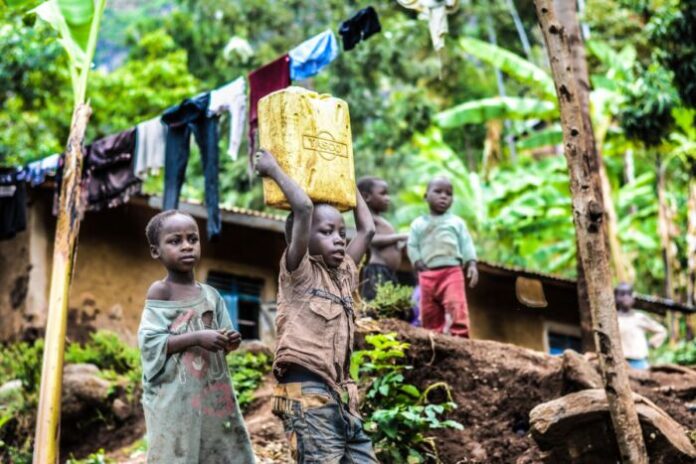
There is a type of pollution that is little known and barely visible that affects a massive amount of children, almost 800 million globally. This is lead poisoning which “with few initial symptoms, silently destroys the health and development of children, with even fatal consequences”.
The alarm is triggered by the new report released by UNICEF and Pure Earth which notes that about 1 in 3 children have lead levels in the blood higher than 5 micrograms per deciliter, a level for which action is required. About half of these children live in South Asia.
Henrietta Fore, UNICEF Director-General, explains the gravity of the situation: “Knowing the spread of lead pollution – and understanding the destruction it causes to individual lives and communities – we must inspire urgent actions to protect children once and for all.”
The report, “The TOXIC TRUTH: Children’s exposure to lead pollution undermines a generation of potential”, is an analysis on the lead exposure of children, carried out by the Institute of Health Metrics Evaluation (IHME) and verified with a study approved for the publication on Environmental Health Perspectives.
“The study shows that lead is a potent neurotoxin that causes irreparable damage to a child’s brain. It is particularly destructive for very young children up to 5 years of age and damages their brains before they have the opportunity to fully develop, causing neurological, cognitive and physical disabilities, “said Francesco Samengo, President of UNICEF Italy .
“In Italy on average 160,862 children and young people (0-19 years) have average blood lead levels above 5 micrograms per deciliter and 20,963 have average blood lead levels above 10 micrograms per deciliter”.
According to the report, children’s exposure to lead has also been linked to mental and behavioral problems and an increase in crime and violence. Older children suffer from serious consequences, including a higher risk of kidney damage and cardiovascular disease throughout life.
Exposure of children to lead has been estimated to cost around $ 1 trillion in low- and middle-income countries due to the potential economic loss of these children over a lifetime. The report shows that informal and non-compliant recycling of lead acid batteries is one of the main sources of lead pollution in children living in low- and middle-income countries, where there has been a three-fold increase in the number of vehicles since 2000.
The increase in vehicle ownership, combined with the lack of regulation and infrastructure for recycling vehicle batteries, resulted in up to 50% of lead acid batteries being recycled unsafe in the informal economy.
Workers carrying out dangerous and often illegal recycling operations break open battery cases, pour acid and lead dust into the ground and melt the lead recovered in rough open-air furnaces that emit toxic fumes that poison the surrounding community. Often workers and the exposed community are unaware that lead is a powerful neurotoxin.
Other sources of children’s exposure to lead include the presence of lead in water due to lead pipes; lead from the extractive industry such as mining and battery recycling; lead-based pigments and paint; leaded petrol, which has had a considerable reduction in recent decades, but which has been one of the main historical sources; lead soldering of food cans; lead in spices, cosmetics, Ayurvedic medicine, toys and other consumer products.
Parents whose jobs involve lead work often bring contaminated dust home on their clothes, hair, hands and shoes, inadvertently exposing their children to this toxic element.
“The good news is that lead can be safely recycled without exposing workers, their children and the surrounding places. Lead contaminated sites can be remediated and restored – said Richard Fuller, President of Pure Earth – People can be trained on the dangers of lead and equipped with more tools to protect themselves and their children. The return on investment is enormous: better health, increased productivity, higher IQs, less violence and a better future for millions of children on the planet. “
While blood lead levels have dropped dramatically in most high income countries since the elimination of leaded gasoline and most lead based paints, blood lead levels for children in low and middle income remained high and, in many cases, dangerously high even a decade after the global elimination of leaded petrol.
The report presents five national case studies in which lead and other toxic heavy metal waste pollution affected children: Kathgora in Bangladesh; Tblisi in Georgia; Agbogbloshie in Ghana, Pesarean in Indonesia and Morelos State in Mexico.



































